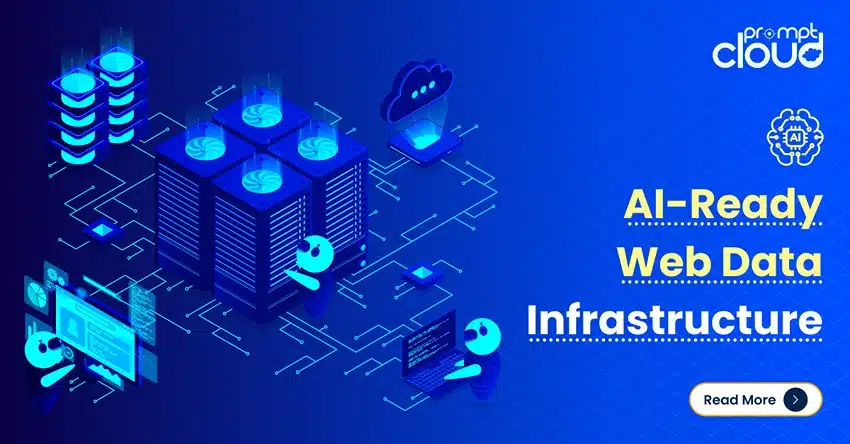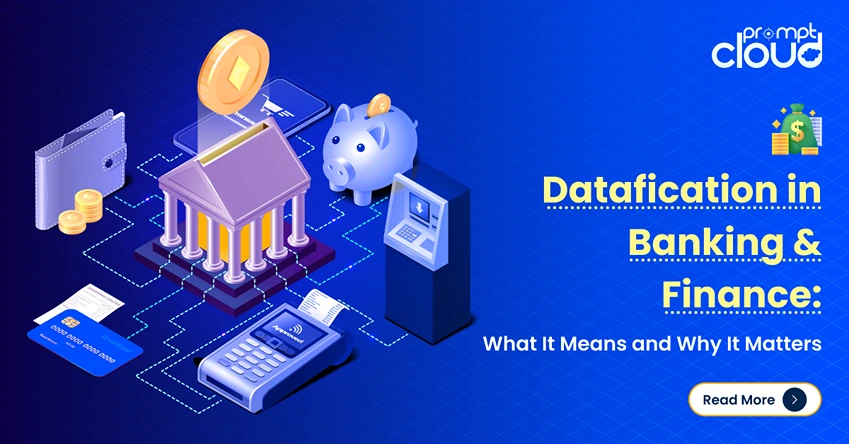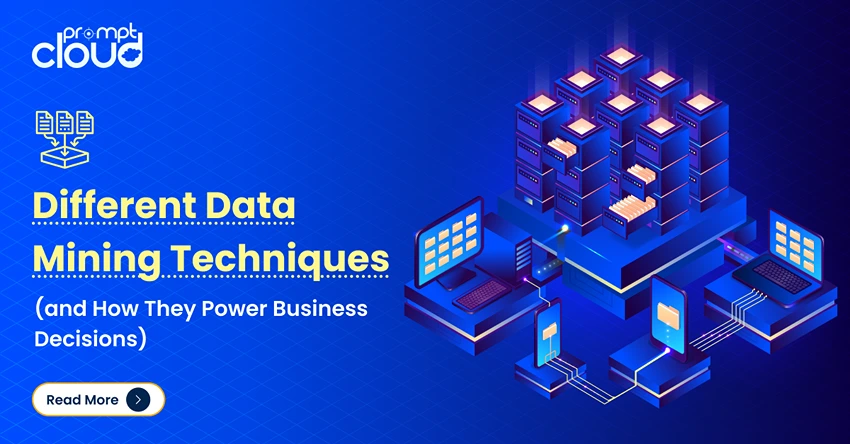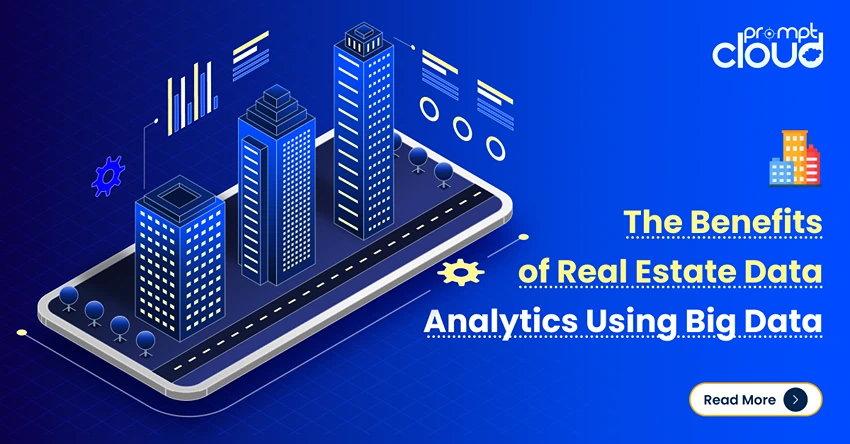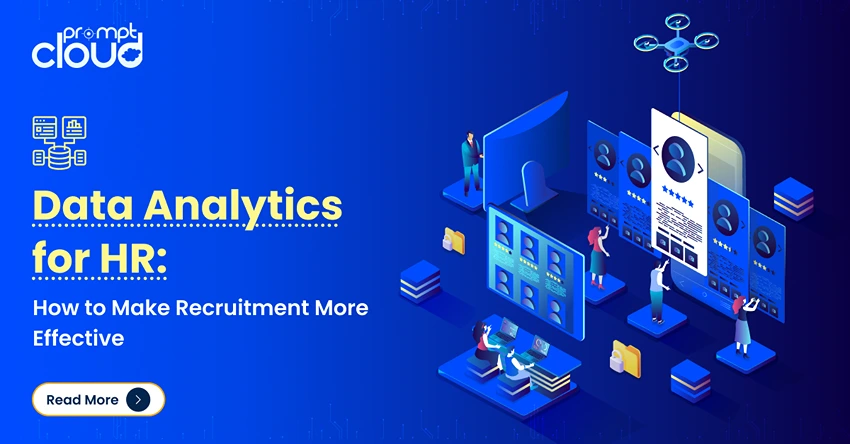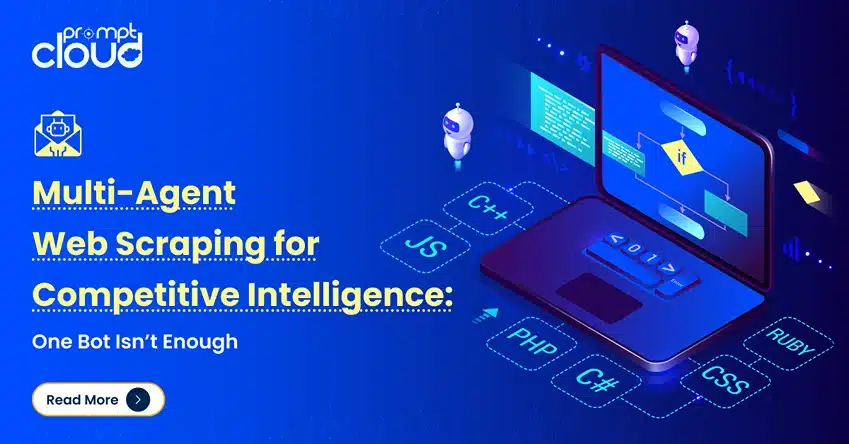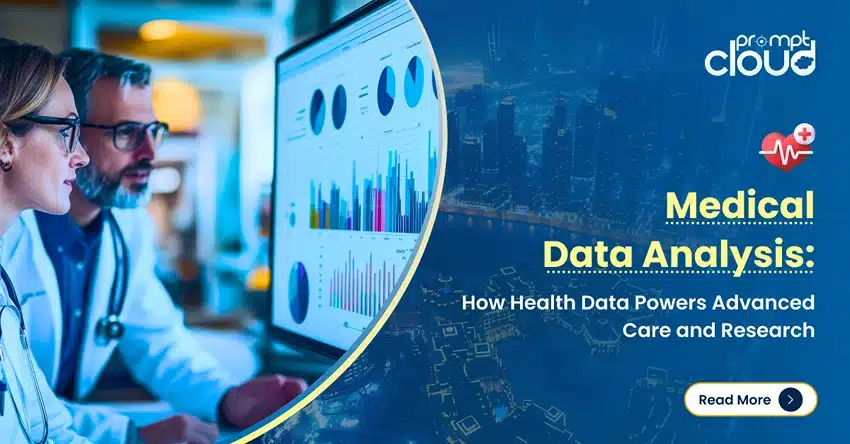
Walk into any hospital today, and you’ll find the same thing behind almost every decision: data. Test results, treatment records, diagnoses, insurance claims, device readings, it’s all part of the growing web of medical data that now powers nearly every part of modern care.
But here’s the problem: most of that data used to sit in silos. One system for labs. Another for billing. A third for patient history. And none of them really talked to each other.
That’s changing fast.
Healthcare is finally starting to treat data not just as documentation, but as a critical tool. With the rise of medical data analysis, hospitals and researchers are actually putting this information to work. They’re using it to spot problems sooner, understand patients better, and make faster, smarter decisions. Whether it’s adjusting a cancer treatment based on real-time results or tracking infection trends across a city, health data is driving it.
And the shift isn’t optional. The future of care depends on it.
How Medical Data Improves Patient Care (When It’s Actually Used Right)
Let’s cut through the buzzwords for a minute. Everyone says data is the future of healthcare, but what does that actually look like on the ground? The answer depends on how you use it.
Medical data comes in a few different forms. There’s the obvious stuff like lab results, prescriptions, and imaging reports, which most people call clinical data. But there’s also administrative data: billing codes, appointment history, hospital workflows. Then there’s patient-generated data, like what comes from wearable devices or home-monitoring tools.
Individually, these data sets are useful. Together, they’re powerful.
Here’s what happens when they’re connected and analyzed:
- A doctor sees not just a patient’s blood pressure today, but their entire six-month trend, and notices a subtle change that might’ve gone unnoticed in a single visit.
- A hospital can predict which patients are most at risk of being readmitted and adjust care plans to prevent it.
- A researcher can compare thousands of cases in minutes, looking for hidden patterns in treatment outcomes.
That’s what medical data analysis unlocks—real insight. It helps shift care from reactive to proactive. Instead of treating symptoms as they appear, we can anticipate problems, personalize treatment, and catch complications earlier.
Of course, none of this works if the data’s a mess. Disconnected systems, incomplete records, or poor data quality will kill any chance of useful insight. That’s why solid medical data management is just as important as the analysis itself.
It’s not just about collecting more data, it’s about collecting the right data and knowing what to do with it.
How Medical Data Is Actually Powering Advanced Care
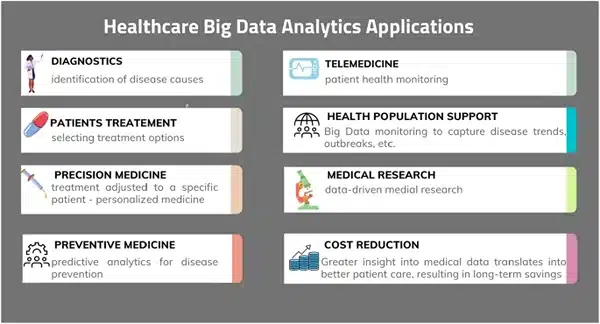
Image Source: journalofbigdata
Talk is cheap. Everyone’s saying that data is transforming healthcare, but where exactly is that happening? Let’s skip the slogans and look at how medical data analysis is being used right now to make care better, faster, and more precise.
Precision Medicine Becomes Practical
Instead of guessing which treatment might work, doctors are starting to make decisions based on hard data. Think genomics, previous treatment responses, lifestyle factors—pulled from thousands of other patients with similar profiles.
This is how we get away from the “trial and error” model of care. Health data makes it possible to personalize treatment plans, especially in areas like oncology, rare diseases, and chronic conditions.
Clinical Decision Support That Actually Supports
Clinicians don’t have time to sift through endless charts. Smart systems now analyze patient records on the fly and flag risks, like drug interactions or early signs of sepsis, before a human might catch them.
This isn’t replacing the physician’s judgment. It’s backing it up with context from millions of past cases, using health data analytics to make sure nothing critical slips through the cracks.
Monitoring Patients in Real Time
Wearables and remote sensors aren’t just for tech enthusiasts anymore. Hospitals are using them to track high-risk patients outside the ICU, often at home.
Vitals are streamed live. If something looks wrong, a care team is alerted immediately. That’s how medical data is turning monitoring from passive observation into proactive care.
Predictive Models for Risk Management
No one wants to be readmitted two weeks after being discharged, but it happens. With predictive modeling, hospitals can now flag which patients are most at risk and adjust follow-up plans accordingly.
The insights come from analyzing thousands of past admissions, looking for subtle signs that a patient might struggle after leaving. It’s data doing what intuition alone can’t.
This isn’t theoretical. These systems are already being used in hospitals, clinics, and research centers around the world. And none of it works without well-managed, intelligently applied medical data.
How Medical Data Is Quietly Reshaping Medical Research
The breakthroughs in medicine, the ones that actually change outcomes, don’t come out of thin air. They come from patterns. From evidence. From thousands of cases and clinical trials stacked on top of each other. In other words, they come from data.
And right now, medical data is doing more for research than any single piece of technology.
It’s changing how drugs are developed
Drug development used to be a slow grind, years of lab work, trial runs, and high failure rates. Now? Teams are mining healthcare data to make smarter calls before they ever synthesize a compound.
They’re asking: What treatments worked for similar patients? What side effects showed up later? Which biomarkers really mattered? These answers already exist in the data—we’re finally in a place to find them.
It’s fixing what’s broken in clinical trials
Here’s a dirty secret: Clinical trials often fail because they’re built on guesswork. The inclusion criteria are too narrow. The patients aren’t the right fit. Or the design misses something obvious in hindsight.
Now, with access to large datasets, researchers can run simulations, find better trial candidates, and monitor outcomes in real time. Medical data analysis helps tighten the process, reduce noise, and move faster without cutting corners.
It’s making prediction possible
Prediction used to be a stretch goal. Today, it’s a serious part of research. Analysts are using historical health data to train models that can flag risk years before a symptom shows up.
This isn’t crystal ball stuff. It’s math. Pattern recognition. Real-world outcomes tied to real-world inputs. And it’s giving researchers a way to get ahead of disease, instead of just reacting to it.
It’s pushing collaboration into new territory
When researchers in Boston, Mumbai, and Berlin can work off the same anonymized dataset, the speed of discovery jumps. Medical data management systems are finally making this kind of global research possible, without compromising patient privacy.
The best science is no longer siloed. It’s shared. And that’s only possible when the data underneath it all is structured, searchable, and secure.
This is what modern research looks like. Not isolated labs and grant-funded moonshots—but massive, connected networks powered by data. And the ones using that data well? They’re not just publishing papers. They’re shaping the next decade of care.
The Real Challenges of Medical Data and How to Deal with Them
Let’s not pretend this is easy. If working with medical data were simple, every hospital and research team would already be running predictive models and personalizing care like it’s second nature. But they’re not. Because turning raw data into something useful comes with some very real problems.
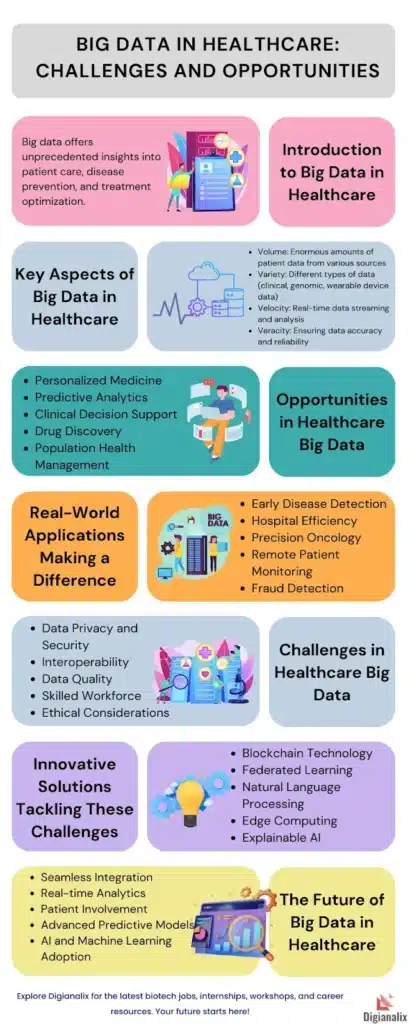
Image Source: digianalix
Here’s what’s getting in the way—and what it takes to push through it.
1. Privacy isn’t optional—and it’s not always easy
Healthcare data is sensitive by nature. We’re not talking about online shopping habits—we’re talking diagnoses, treatments, mental health records, and genetic markers.
That makes data privacy non-negotiable. But building systems that keep data secure and usable is complicated. Encryption, access controls, and de-identification protocols—they all matter. But too often, they’re bolted on after the fact, instead of being part of the foundation.
The fix? Privacy has to be designed into the system from day one. No shortcuts.
2. The data is messy. Really messy.
Ask any healthcare analyst what their job is, and they’ll probably say, “cleaning data.” Records are inconsistent. Systems don’t talk to each other. A diagnosis might be logged three different ways, depending on who entered it and when.
This isn’t just annoying, it’s dangerous. Bad data leads to bad decisions.
That’s why medical data management needs to go beyond just storing records. It’s about integration, standardization, and governance. The boring stuff, in other words—the stuff that makes everything else possible.
3. Legacy systems are holding organizations back
Many hospitals still rely on outdated, siloed systems built long before the idea of analytics was on the radar. These systems were designed to file, not to learn.
Pulling data from them is a nightmare. Integrating them with modern platforms? Even worse.
Healthcare organizations that want to move forward need to invest in infrastructure APIs, cloud storage, and data lakes that allow information to move, connect, and scale. You can’t run AI on systems that barely export a CSV.
4. Analysis is only useful if someone acts on it
You can have the best data scientists in the world building stunning dashboards—but if clinicians don’t trust or use them, none of it matters.
That’s a cultural problem, not a technical one. Bridging the gap between analysts and healthcare providers means building tools that fit into real workflows, that speak the language of medicine, and that actually make someone’s day easier, not harder.
None of these challenges is new. But they’re still the reason so many health data analytics projects stall out. Solving them takes more than tech. It takes leadership, clarity, and a willingness to do the unglamorous work that turns potential into results.
The Future of Healthcare Runs on Medical Data, If You Know How to Use It
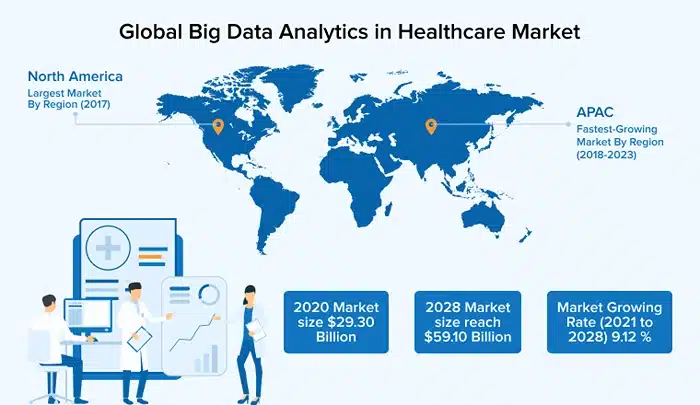
Image Source: Tatva soft
Let’s be clear: medical data isn’t a side feature anymore. It’s the foundation. It’s what makes better care possible, what powers serious research, and what helps healthcare systems work smarter instead of just harder.
But getting value from that data? That’s not automatic. It takes serious analysis. It takes clean, connected systems. And above all, it takes an approach that sees data not as a byproduct, but as a core asset.
Across hospitals, research centers, and healthcare startups, the organizations that are doing this right aren’t just collecting data. They’re turning it into action through early diagnosis, precision treatments, operational improvements, and groundbreaking clinical insights.
And that’s where PromptCloud comes in.
We specialize in helping organizations unlock the full potential of healthcare data through scalable, intelligent data solutions. From sourcing structured datasets to building tailored pipelines for medical data analysis, we bring the tools and expertise you need to move from raw information to real results.
Because the truth is, the future of care and research won’t be built by those who just have data. It’ll be built by those who know how to use it.
Ready to put your data to work? We’ll help you turn the complexity of medical data into something that actually drives outcomes. Contact us now!










